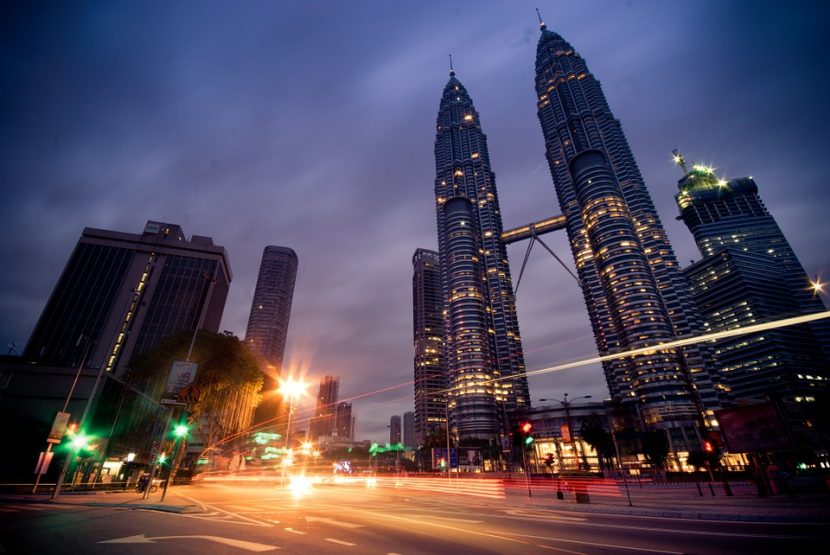FREE MALAYSIA TODAY. 26TH MAY: A top Hong Kong developer wants to build a multibillion-dollar tower complex on land it lent the city for a Covid-19 facility, triggering concerns it will threaten wildlife habitat and do little to ease housing shortages.
Sun Hung Kai Properties cited infrastructure installed at the now-shelved virus isolation centre as a key reason to approve its application for a sprawling development of nearly 10,000 apartments in 36 residential towers with swimming pools and clubhouses, hundreds of parking spots and a retail space.
The proposed development was crucial to solving Hong Kong’s perennial housing supply shortage, and fits into broader city plans to fast-track development in the rural Yuen Long district near the border with mainland China, it said.
Hong Kong’s incoming chief executive John Lee has previously endorsed that broader development plan.
Sun Hung Kai’s application last month to the Hong Kong Town Planning Board came as the city scrapped plans to build Covid-19 isolation facilities in the midst of its worst virus outbreak earlier this year.
Six of nine facilities have now been cancelled as Hong Kong’s infections plummeted to several hundred a day from over 70,000 daily at their peak. Henderson Land Development and New World Development had also lent land for some of the proposed isolation quarters.
Among the now-cancelled sites was the parcel of undeveloped land that Sun Hung Kai lent to the city in February as Hong Kong’s real estate tycoons faced pressure to help tame an omicron-fueled virus outbreak that claimed more than 9,000 lives. Its redevelopment application was dated the same month it lent out the land.
Typically, new infrastructure and developments face months of delays owing to mandatory public reviews and red tape. But, under emergency regulations used to combat Covid-19, certain projects were exempted, including isolation facilities.
The Sun Hung Kai-owned site near a wetland crucial for migratory birds was razed in March by mainland contractor China State Construction to pave roads, install sewage facilities and build the foundation for quarantine facilities with thousands of beds.
In 2017, the developer had moved to build an outlet shopping mall on the greenfield site, but it later abandoned that application.
The mixed-use development, if approved, could be worth between HK$17.5 billion and HK$19 billion (US$2.2 billion and US$2.4 billion), according to real estate services company Colliers.
Sun Hung Kai did not respond to requests for comment about the proposed development, which it described as having little ecological value since infrastructure had already been installed on it.
City officials declined to comment on how much was spent on the scrapped isolation facility or say if the developer would be on the hook to compensate it for the installed infrastructure.
Hong Kong’s land planning agency said it would release a detailed response to the project in July.
However, the site’s new infrastructure could help pave the way for Sun Hung Kai’s application, said Brian Wong at think tank Liber Research Community.
“Now that the land formation is done and basic facilities, sewage, water, internet, et cetera, has been set up, it creates a fait accompli,” he added.
Green groups have been battling the government for years to preserve the nearby Nam Sang Wai wetland, an internationally important conservation habitat. The proposed development could obstruct flight paths of migratory birds, The Conservancy Association said.
“We are concerned that any development around the area might impact the wetland, as it is within the wetland buffer area,” Roy Ng, the group’s campaign manager, told Nikkei Asia.
The proposed development is in line with the government-approved Northern Metropolis blueprint, a mega project focused on building up the city’s northern reaches to supply homes for some 2.5 million people as well as jobs, including a plan to foster innovation and technology development.
It is also seen as a push to further integrate with the Greater Bay Area, an urban conglomeration that includes Hong Kong, Macao and a string of southern Chinese cities including Guangzhou and factory hub Shenzhen.
In its application, Sun Hung Kai described the Northern Metropolis as a “future economic engine and important employment hub”, as well as key to meeting an expected surge in housing demand.
But Liber’s Wong said the proposed project would do little to address Hong Kong’s housing crunch.
“Housing shortages would not be eased and prices would not be brought down by this development, as long as there are systemic problems of unequal distribution of housing resources,” he added.
“Solutions such as a tax on vacant property, more affordable public housing, and a tax regime to tackle property investment, might be a more direct and viable (solution) than one housing project,” he said.


